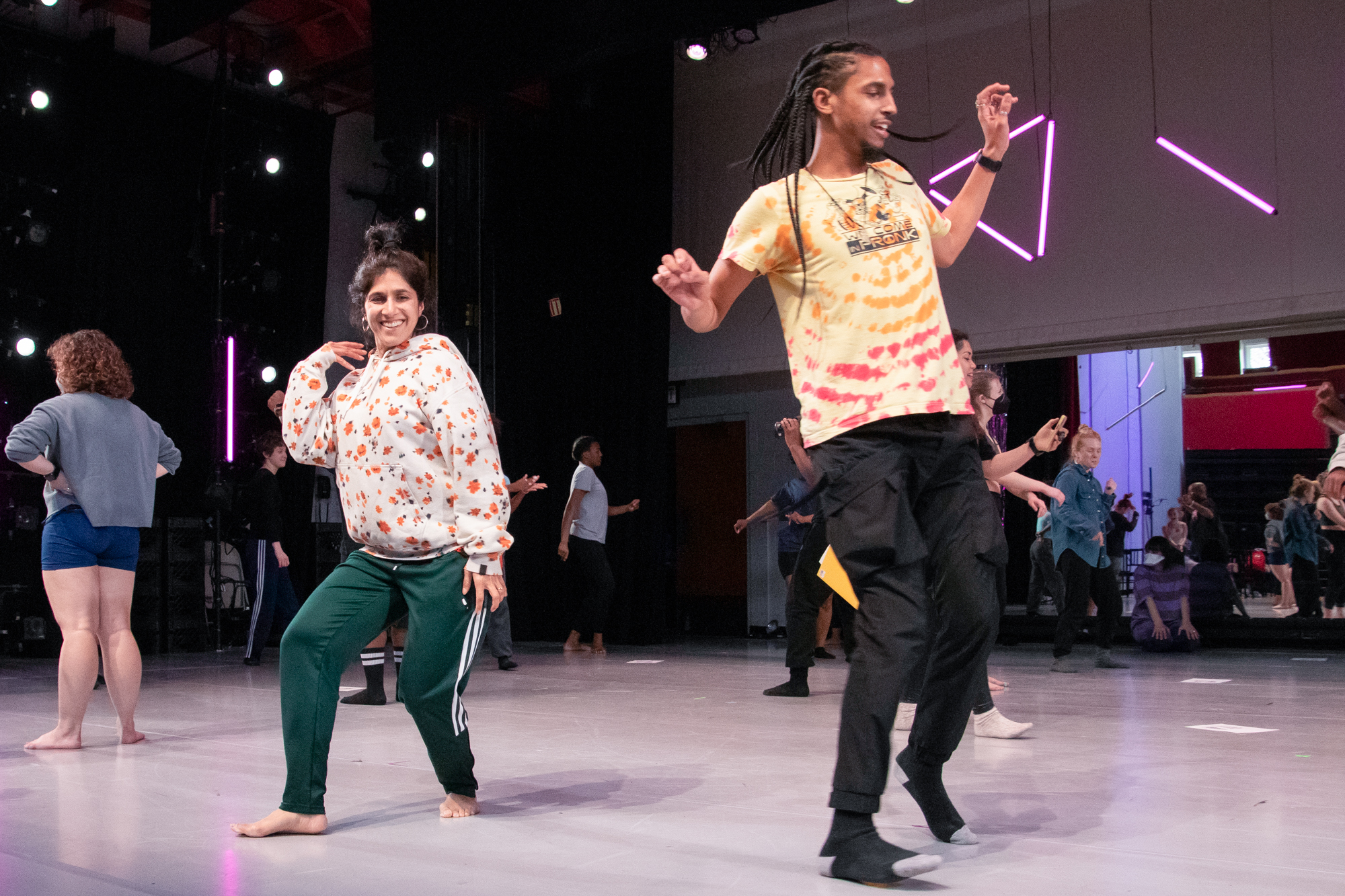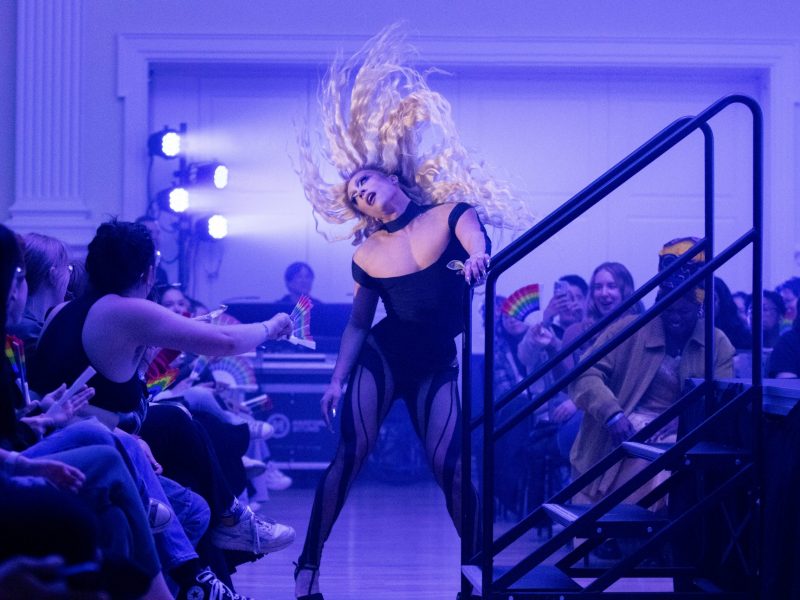By Winter Hawk and Sofia Appolonio
In the BlackLight Summit’s event description, curators ask artists: “How can we find who we are and who we want to be?”
For the six local artists who performed at the BlackLight Summit’s Emerging Artist Lab Presentation Saturday, this question comes at the crossroads of understanding the power of dance, technology and self-love, as well as what it means to take up space.
The showcase, which aims to support artists at a midpoint in their careers, came on the final day of The Clarice Smith Performing Arts Center’s BlackLight Summit, a series of innovative performances, reflective workshops and probing panel discussions.
This year’s summit consisted of 22 in-person and seven livestreamed events last weekend. Each event aimed to create space for BIPOC and LGBTQ contemporary artists to share and reflect on their experiences while acknowledging and affirming other artists’ ambitions.
Although each event had its own theme, the summit centered around the concepts of risk and regeneration. Artists were encouraged to engage with feelings of rage, as they gain new tools for interacting with the complex experiences and emotions of people living on society’s margins.
[‘Cheerleader, Offbeat, Anthem’: Comedian Atsuko Okatsuka wows crowd at SEE’s All Niter]
“It feels like we have to suppress our emotions and get into a place of numbness in order to ignore all of these really fraught experiences,” said Tariq O’Meally, an artistic planning coordinator for dance, theater and artist residencies at The Clarice and the lead curator of the BlackLight Summit. “So how do we learn how to adapt … How do you repurpose what you already had to develop what you want, desire and/or need?”
The BlackLight Summit also worked to strengthen the local dance community and prioritized “village building,” where millennial and Generation Z performers shared their dreams and received support from each other. In facilitating this type of space, artists recognize each other’s dreams and are accountable for carrying their dreams out, O’Meally said.
During the Emerging Artist Lab, artists could present their projects and receive feedback from audience members after the show. Some artists even incorporated digital concepts into their performances to address the developing relationship between technology and art.
“It seems like art … is transforming or alchemizing into this new digital wave,” senior African American studies major Katelin Tengeya said.
Dance also helps artists unlock emotions they weren’t aware of or struggled to express, O’Meally said.
“The body is an important place for unlocking and discovering things that you are directly tied to, things that you have no idea where they came from,” O’Meally said. “There’s so much that is creasing your body and recognizing those creases and honoring them and celebrating them in all of its shapes, forms, sizes, genders and sexualities, that’s important.”
Dancers at the Movement Workshop with Lauren DeVera and paris cyan cian on Friday were instructed to expose their inner secrets through stints of improvisation.
In one exercise, DeVera guided dancers up the emotional guidance scale where they expressed feelings of fear, jealousy and worry before inching toward hope, enthusiasm and empowerment. The sequence taught dancers how to pull themselves out of an emotional spiral and use dance as a tool for engaging with complex feelings.
Panel discussions also allowed artists to examine issues facing Black and queer communities.
[‘Here and Now’ art exhibit highlights work from women, artists of color]
In Thursday’s panel discussion on “The Poetics of Rage: Where is the Art Dangerous?,” panelists tackled stereotypes of Black and brown rage that prevent a larger social recognition of other forms of anger. Panelists explained how the expression of silence and organized thoughts are often seen as placating whiteness rather than showing rage.
Artists harnessed these various ways of expressing rage during the Emerging Artists Lab Presentation. Anastasia Johnson focused on harmful stereotypes and structures within the Black community. One of her pieces, called “It’s Da Crown For Me,” focused on the importance of cherishing Black hair.
“I love my hair, and I wanted to learn more about hair in general,” Johnson said. “I know about my hair, but I don’t know about everyone’s hair in the Black community because it is very complex and it’s very diverse and it has many different shapes and sizes.”
Ashayla Byrd followed with her piece “Reflections From the Field,” where she described how in college, she learned how to be small and “how to contort [herself] into whatever the model of perfection or desirability” was present at her school.
“My Emerging Artist Lab experience has really focused on writing and internal processing and observing,” Byrd said. “I’m connected to so many of these incredible artists.”



